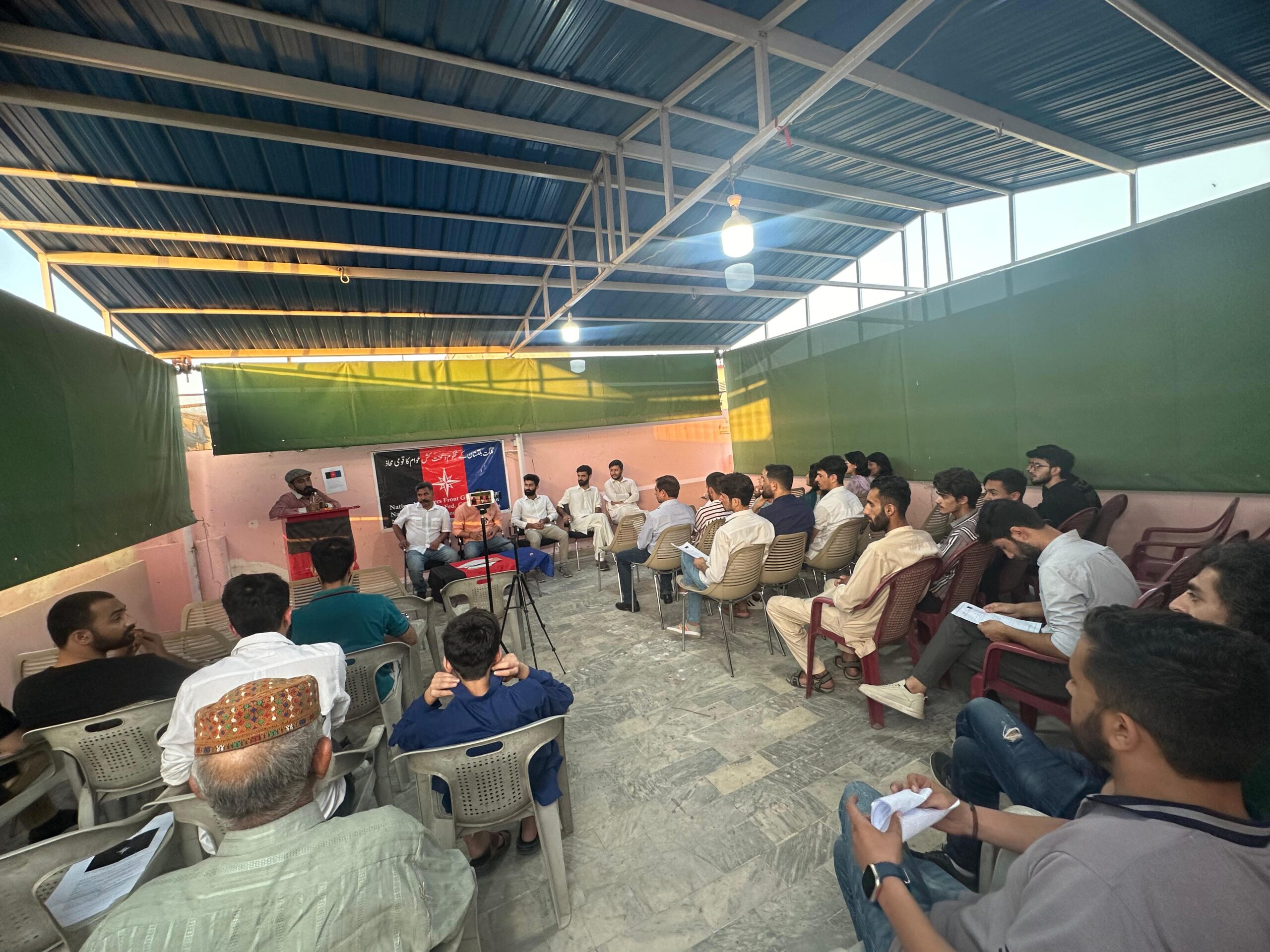This post briefly but succinctly describes the impact of climatic conditions and natural topography on agriculture in the context of Pakistan.
Background
Climatic conditions influence farming greatly as different crops grow in different climates. The crops, vegetables, fruit that grow in highland climates usually cannot grow in low land climate. The moderate nature and severity of climate shape the farming methods and nature of different areas.
For example, in Indus plain people practice crop cultivation throughout the year because of moderate temperature. On the contrary, farming activity literally stops for half of the year in the mountainous regions of the Himalayas, Karakoram, and Hindukush. Thus unlike cold regions crops are cultivated and animals are reared on a large scale where the moderate climate is found.
Impact of Climatic Conditions and Topography On Agriculture
| Climatic region |
Topography |
Climatic Conditions |
Effects on agriculture |
| Highland climate |
Mountainous areas
(The regions include northern, north-western and western highlands.) |
- Severe cold winters
- Mild to warm summers
- Temperature falls below freezing point in winters.
|
- The growth of the trees is retarded during winters because of the freezing temperature.
- Moreover, the snow in winter hides the grass making it difficult for animal grazing. Due to much cold rivers, lakes and torrents freeze.
- Farming is not possible during winter
- vegetables and crops are cultivated during summer and stored for winter.
- Another effect of the climate is the Transhumance practiced in these areas. Transhumance is a practice in which people move to pastures with the animals i.e. sheep, goats, cattle, etc. in summer and return to warmer plains during winters.
- Similarly, the rough landscape and terrain make it difficult to cultivate crops. However, fruits such as apples, mangoes, apricots, and grapes are grown in the valleys of high-altitude areas.
|
| Lowland Zone |
Indus Plain/plain areas of Sindh and Punjab. |
- Hot summers, cool winters
- Summer monsoon rainfall.
|
- The Indus Plain of Punjab and Sindh falls in this climatic zone.
- Areas located in this climatic zone receive carried and irregular rainfall which has led to a well-developed canal irrigation system. As a result of the availability of water and moderate temperature, people raise crops like wheat, millet, cotton, and sugarcane throughout the year.
- Another reason for well-developed canal irrigation is the presence of rivers and plain area. It is relatively easier to construct canals in plains than in mountains.
- Cultivation throughout the years in these plain areas helps meet the food needs of an increasing population of Pakistan.
|
| Coastal Climate |
Coastal areas |
The climate is dominated by sea breezes throughout the year. Because of blowing of sea breezes the climate is moderate. Winters are mild and summers are hot. |
- Because of the moderate temperature agricultural practice continues throughout the year depending on the supply of water.
- Mostly, people living in coastal areas practice fishing as the main occupation.
- According to Pakistan Fisher Folk Forum, more than 3.7 million people are related to fishing as their source of livelihood.
|
| Desert/Arid Climate |
Deserts |
- Climate is one of the extremes
- Low rainfall
- Cool-mild winters and hot summers
- Summers are very hot during day time
|
Nomadic life and livestock farming
- Unlike coastal communities, people living inland move with their cattle/animals in search of food and water from one place to another place.
- Due to scanty rainfall and excessive evaporation, the Baloch practice ‘Karez’, a unique system of underground irrigation primarily for saving water from evaporation. They use this water for irrigation purposes.
- Unlike other regions, cold and dry climates and winter rains due to western depressions characterize the highland areas of Balochistan.
- These features make the highlands of Balochistan suitable for growing fruits i.e. apples, melons, grapes, and peaches. People also cultivate other crops i.e. millet, wheat, barley.
|











